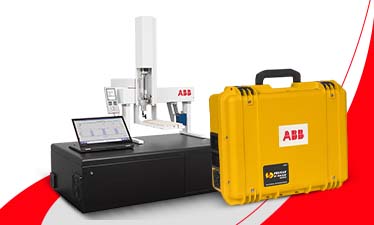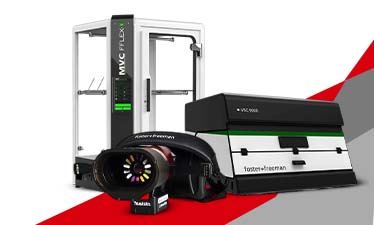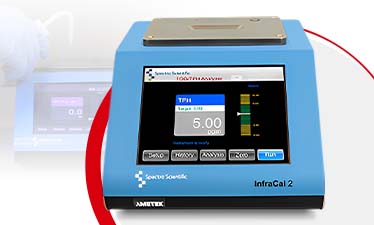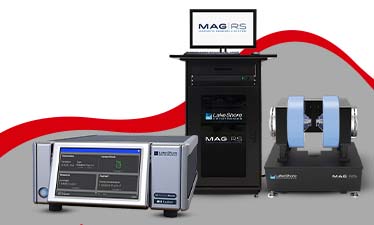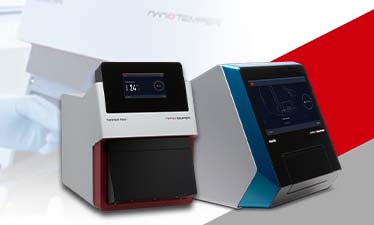Vacuum Furnace 101: All You Need to Know
A vacuum furnace is a type of chamber furnace that is responsible for heating materials, typically metals, in extremely high temperatures and delivering processes such as sintering, brazing and treatment of heat with low contamination and high consistency.
In a typical vacuum furnace, the unit is surrounded by the vacuum. Due to the absence of air or any other gasses, the transfer of heat is prevented with the product via convection and eliminates any source of contamination.
Keep reading till the end to learn all the basics about the vacuum furnace before you choose one for use.
The Benefits of Using Vacuum Furnace
While there are other furnace options available, the use of vacuum furnace will offer you the following benefits -
- Regulation of temperature can be done within a small area
- Rapid cooling (quenching) of the product
- Reduced contamination of the product by oxygen, carbon other gasses
- Process can be carried out through computer control for ensuring metallurgical redundancy
Normally, heating of metal to extremely high temperatures results in rapid oxidation that is not desirable. With the use of a vacuum furnace, oxygen is removed effectively and oxidation can be prevented from occurring altogether.
In order to rapidly cool the treated metal, an inert gas such as argon is used typically to bring back the metal to non-metallurgical levels after going through the desired process within the furnace. This inert gas can be pressurized up to two times or more in the atmosphere. It is then circulated through the hot zone area to absorb heat prior to passing through a heat exchanger to eliminate heat. This process keeps on going until the desired temperature is reached.
The Structure of a Vacuum Furnace
A vacuum furnace is made of a furnace body, vacuum unit, control system, hydraulic system, cooling system and other parts. In case of a gas-cooled furnace, a storage tank for nitrogen gas should be provided.
For preventing water shutdown or insufficient water pressure, a high-altitude water tank should be provided that avoids electrodes and seals from burning out or ablating because of water shutdown. The door of the vacuum furnace and its body are welded and pressed firmly using a high strength steel plate.
The heating chamber is typically a circular structure. Now the overall structure of the vacuum furnace may vary from one manufacturer to another.
Vacuum Furnace Principle
Vacuum Furnaces utilizes the phase change of heat medium water for exchanging heat. Fuel combustion releases the heat which is essentially absorbed by the heat medium water.
When the temperature tends to go up to the saturated temperature of a certain vacuum state, it evaporates to vapor and saturation and successfully accomplishes the first change process.
In the evaporation chamber, the condensate flow continues to absorb heat and tube bundle; the upper part is a vacuum chamber in which the insertion of a U-tube heat exchanger is done. The vacuum chamber is attached to a suction unit in order to stabilize the vacuum chamber and the non-condensable gas present in the vacuum chamber is pumped out to enhance the efficiency of heat transfer in the U-type heat exchanger.
To learn more about vacuum furnaces, make sure to get in touch with the best suppliers now.




